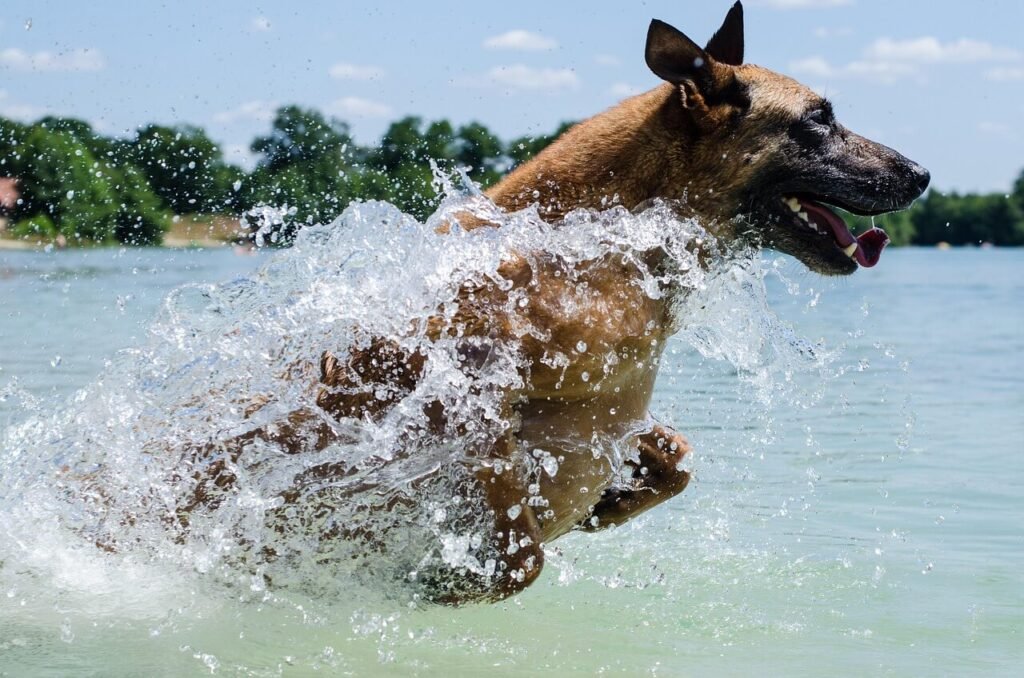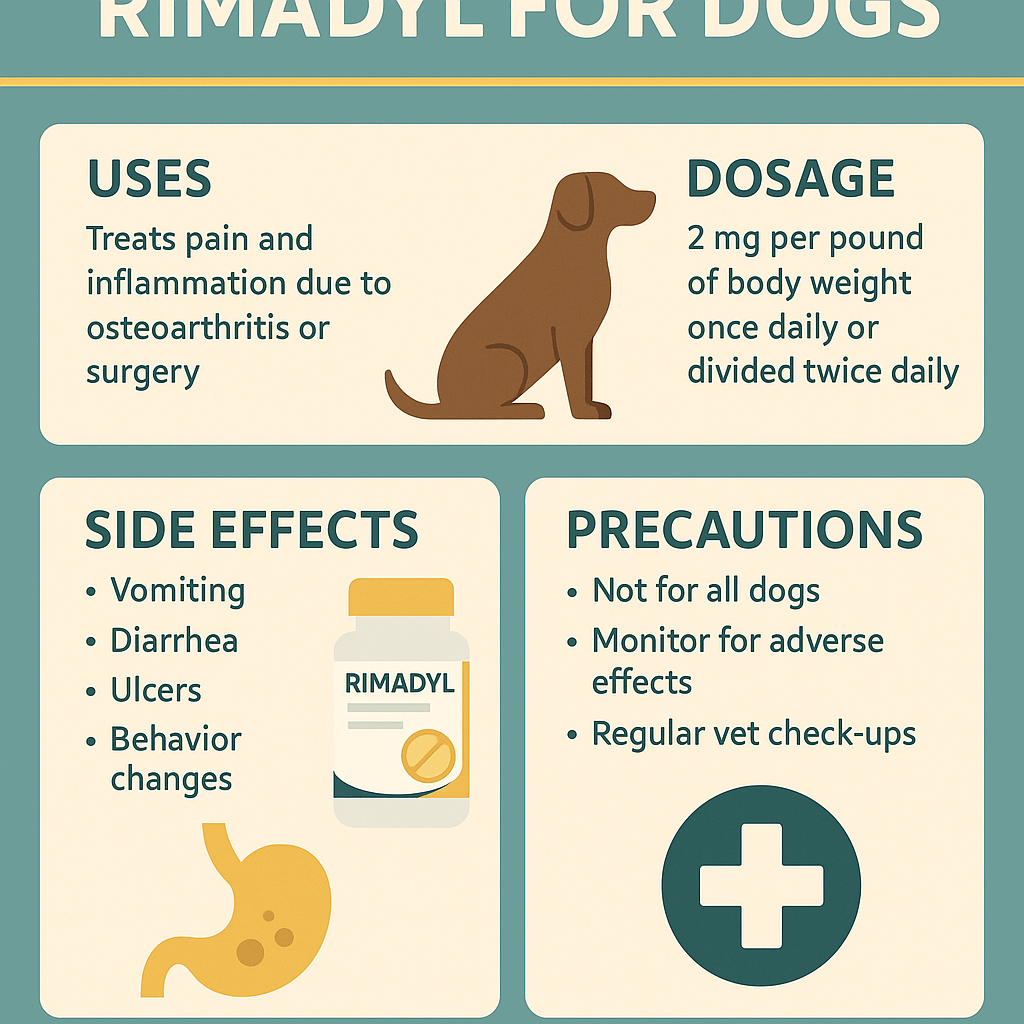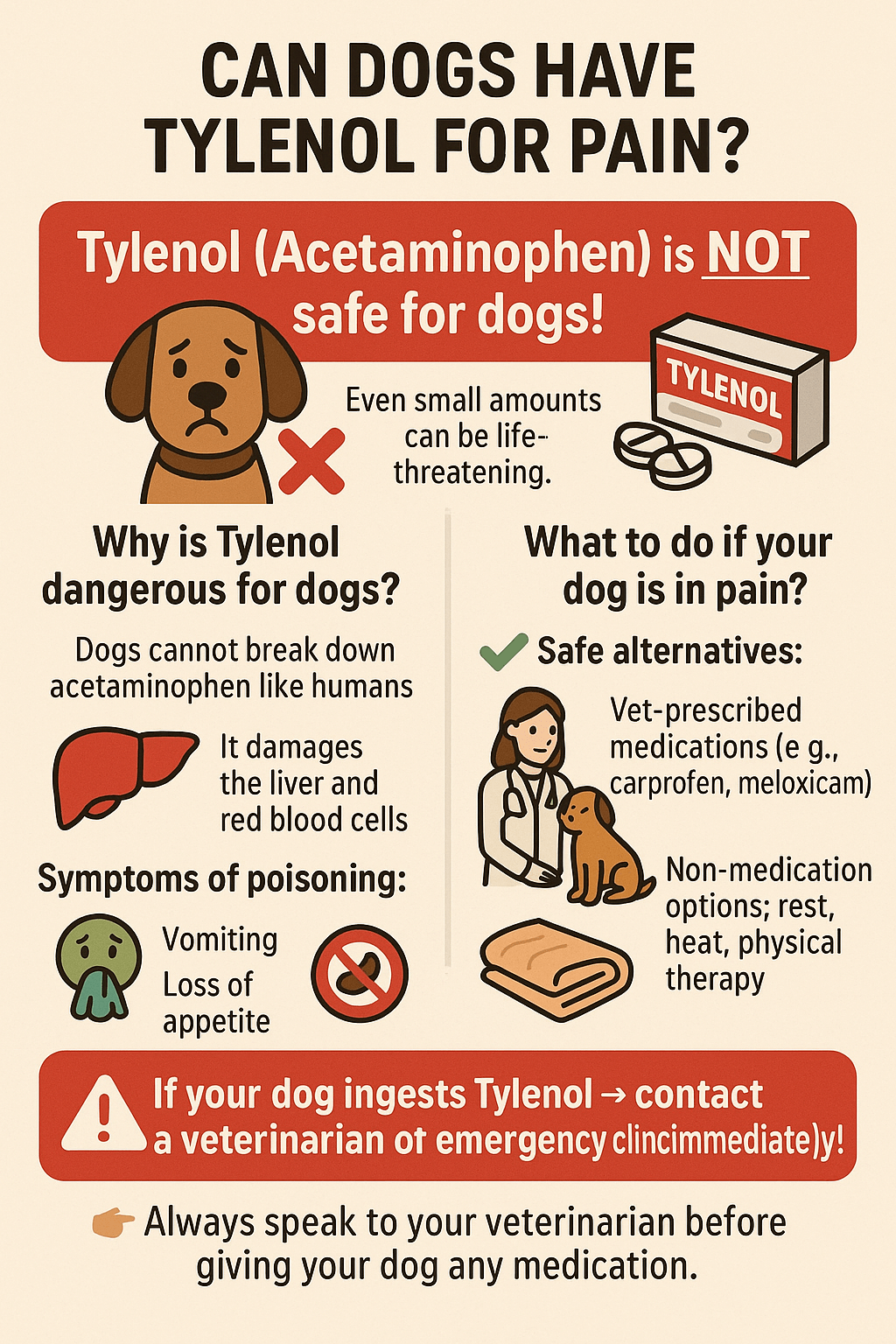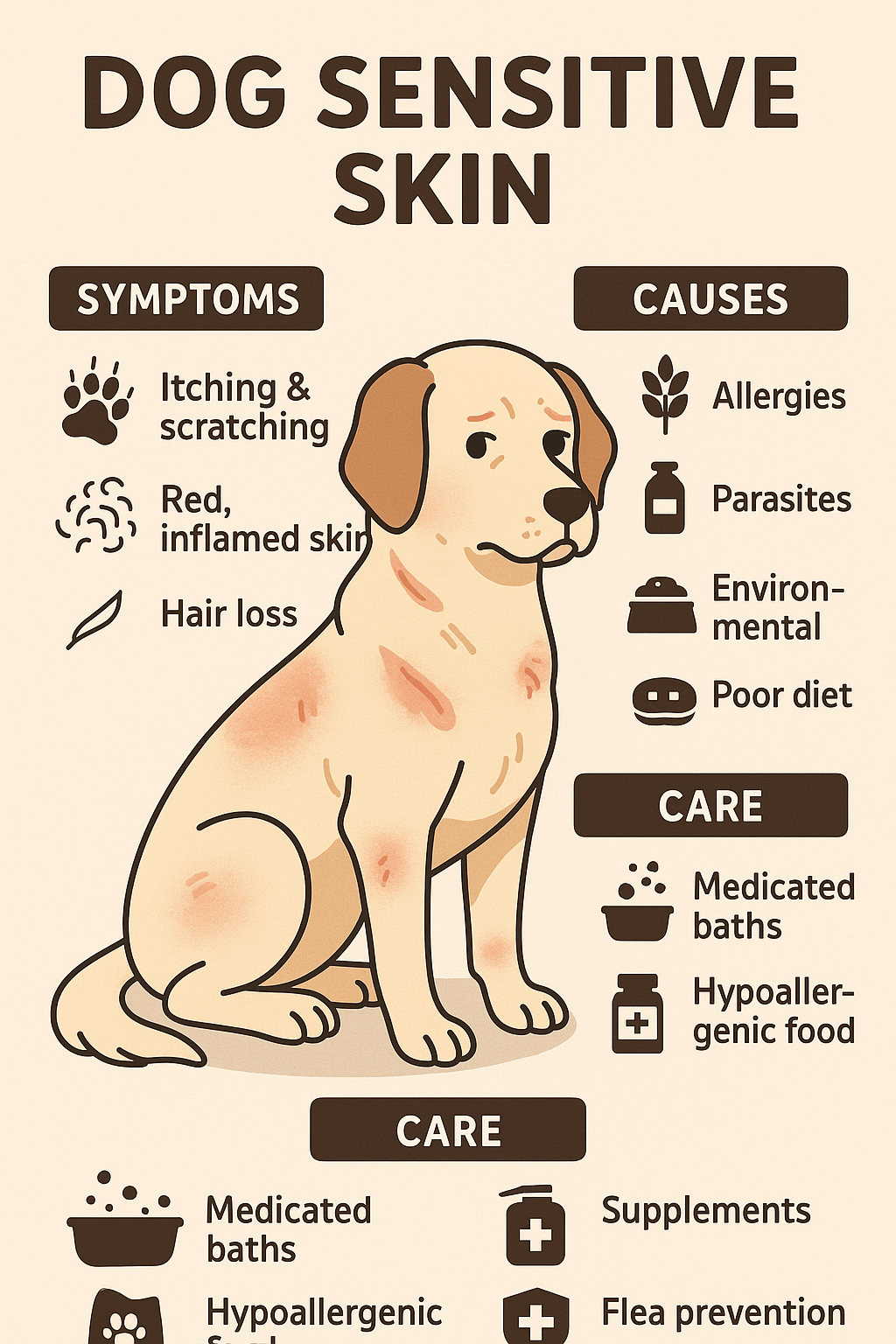Understanding Dog Park Rules: A Guide for Responsible Pet Owners
Dog parks have become a popular destination for pet owners seeking a safe and fun environment for their furry companions to socialize, exercise, and explore. These off-leash havens offer dogs the freedom to run, play, and interact with other pups, while also providing an opportunity for their humans to connect and share experiences.
However, with this freedom comes responsibility. To ensure that everyone enjoys their time at the dog park, it’s essential to understand and follow the established rules. These guidelines not only protect the safety of all visitors but also foster a positive and harmonious atmosphere. In this blog post, we’ll delve into the key dog park rules every owner should know, ensuring both you and your canine companion have a tail-wagging good time.
Essential Etiquette for Dog Park Visitors
Before heading to the dog park, it’s important to familiarize yourself with the basic etiquette that ensures a pleasant experience for everyone. Here are some fundamental rules to keep in mind:
Always clean up after your dog.
Keep your dog on a leash until you’re inside the designated off-leash area.
Make sure your dog is vaccinated and healthy before visiting.
Avoid bringing food or treats into the park.
Supervise your dog at all times to prevent conflicts.
By adhering to these simple guidelines, you contribute to a cleaner, safer, and more enjoyable environment for all park visitors. Remember, responsible pet ownership starts with being mindful of others.
Safety First: Rules to Protect Your Dog and Others
Safety is paramount when visiting a dog park. With so many dogs interacting in one space, accidents can happen if proper precautions aren’t taken. Here’s how you can prioritize safety:
Familiarize yourself with the park’s layout and exit points in case of emergencies.
Watch for signs of aggression or stress in your dog and intervene if necessary.
Avoid bringing puppies under four months old to minimize health risks.
Respect size-specific areas to prevent smaller dogs from being overwhelmed.
Leave the park immediately if your dog becomes overly aggressive or fearful.
By keeping these safety tips in mind, you help create a secure space where dogs can play without unnecessary risks. A little vigilance goes a long way in preventing accidents.
Check this guide 👉Top 5 Best Bacon Dog Treats for Ultimate Pawsome Rewards!
Check this guide 👉Top 5 Ultimate Indestructible Dog Toys for Aggressive Chewers!
Check this guide 👉Top 5 Escape Proof Dog Harnesses for Ultimate Safety!

Dos at the Dog Park | Don’ts at the Dog Park |
|---|---|
Clean up after your dog promptly. | Bring glass containers or hazardous items. |
Supervise your dog at all times. | Allow your dog to bully or harass others. |
Use designated entrances and exits. | Bring unvaccinated or sick dogs. |
Follow posted park rules and signage. | Ignore signs of aggression or stress. |
Respect quiet hours and neighbors. | Leave waste bags or trash behind. |
Socializing Your Dog: Tips for Positive Interactions
One of the main benefits of visiting a dog park is the opportunity for your pup to socialize with other dogs. However, not all dogs are naturally friendly, and some may need guidance to interact appropriately. Here are some tips to encourage positive socialization:
Observe your dog’s body language to gauge their comfort level.
Introduce your dog to others gradually, avoiding overwhelming situations.
Reward calm and friendly behavior with praise or affection.
Be prepared to redirect your dog if they become too rough or excited.
Remove your dog from the situation if they seem uncomfortable or scared.
Positive socialization experiences at the dog park can strengthen your bond with your pet and improve their behavior in other settings. Patience and attentiveness are key.
Common Mistakes to Avoid at the Dog Park
Even well-meaning pet owners can make mistakes that disrupt the harmony of a dog park. Being aware of these common pitfalls can help you avoid them:
Bringing toys that could cause possessive behavior.
Allowing your dog to jump on or crowd other visitors.
Ignoring your dog’s interactions with others.
Staying too long, which can lead to overstimulation or fatigue.
Assuming all dogs are friendly and forcing interactions.
By steering clear of these mistakes, you contribute to a more peaceful and enjoyable atmosphere for everyone. Awareness is the first step toward becoming a model dog park visitor.
Preparing for Your First Dog Park Visit
Visiting a dog park for the first time can feel overwhelming, especially if you’re unsure about what to expect. Proper preparation ensures a smooth and stress-free experience for both you and your pup. Here are some tips to help you get ready:
Research the park’s rules and amenities beforehand.
Bring essentials like water, a portable bowl, and waste bags.
Dress comfortably and wear sturdy shoes for walking or standing.
Arrive during less crowded times to ease your dog into the environment.
Keep a leash handy in case you need to regain control quickly.
By taking these steps, you’ll set the stage for a successful first visit. Preparation is key to ensuring your dog feels confident and secure in this new setting.
Recognizing Positive Dog Behavior
Understanding dog behavior is crucial for fostering a positive atmosphere at the park. Dogs communicate through body language, and recognizing signs of happiness or discomfort helps prevent conflicts. Here’s what to look for:
A wagging tail paired with relaxed body posture indicates contentment.
Play bows (front legs stretched forward) signal a desire to play.
Loose, bouncy movements suggest your dog is having fun.
Ears forward and alert show interest in their surroundings.
Avoidance behaviors like turning away or hiding indicate discomfort.
Being able to read these cues allows you to intervene when necessary and ensure your dog’s interactions remain enjoyable. Observing your dog closely is one of the best ways to keep them safe.
Handling Unfamiliar Situations
Even with careful planning, unexpected situations can arise at the dog park. Knowing how to respond calmly and effectively is essential for maintaining safety. Here are some strategies to handle common scenarios:
If another dog approaches aggressively, create distance by calmly walking away.
Use verbal commands like “leave it” or “come” to redirect your dog’s focus.
Politely ask other owners to intervene if their dog is causing issues.
Step outside the park temporarily if your dog becomes overwhelmed.
Report persistent problems to park staff or authorities if available.
Staying calm and proactive in challenging moments sets a good example for others. With patience and practice, you’ll be equipped to handle anything that comes your way.
Frequently Asked Questions About Dog Park Rules
Can I bring my puppy to the dog park?
It’s generally recommended to wait until your puppy is at least four months old and has completed their vaccinations to ensure their safety.
What should I do if my dog gets into a fight?
Stay calm, separate the dogs safely, and remove your dog from the situation immediately. Avoid using your hands to break up a fight.
Are there specific hours for visiting the dog park?
Many dog parks have designated quiet hours or peak times. Check local regulations or posted signs for details.
Is it okay to bring treats to the dog park?
It’s best to avoid bringing treats, as they can cause jealousy or disputes among dogs.
How can I tell if my dog is stressed at the park?
Look for signs like excessive panting, pinned-back ears, or attempts to hide. If you notice these behaviors, it’s time to leave.
Wrapping Up: Be a Responsible Dog Park Visitor
Visiting the dog park is a wonderful way to enrich your dog’s life and strengthen your bond with them. By following the rules and practicing good etiquette, you ensure that everyone—dogs and humans alike—has a safe and enjoyable experience. Remember, a harmonious dog park relies on the collective efforts of all visitors. So, pack your waste bags, keep an eye on your furry friend, and embrace the joy of watching them thrive in this shared space. Together, we can make every trip to the dog park a positive and memorable adventure.
Rimadyl for Dogs: Best 7 Expert Tips! Discover expert advice on using Rimadyl safely, managing pain, and improving your dog’s mobility with trusted veterinary insights.
Can Dogs Have Tylenol for Pain? Best 7 Expert Tips! Discover the risks, safe alternatives, and expert advice on managing your dog’s pain effectively while avoiding harmful medications.
Understanding Hemophilia in Dogs: Best 7 Expert Tips! Discover expert advice on managing hemophilia, recognizing symptoms, and ensuring your dog’s well-being with practical care strategies.
Understanding Dog Sensitive Skin: Best 7 Expert Tips! Discover expert advice on managing dog sensitive skin, relieving irritation, and improving your pup’s comfort with practical solutions.





